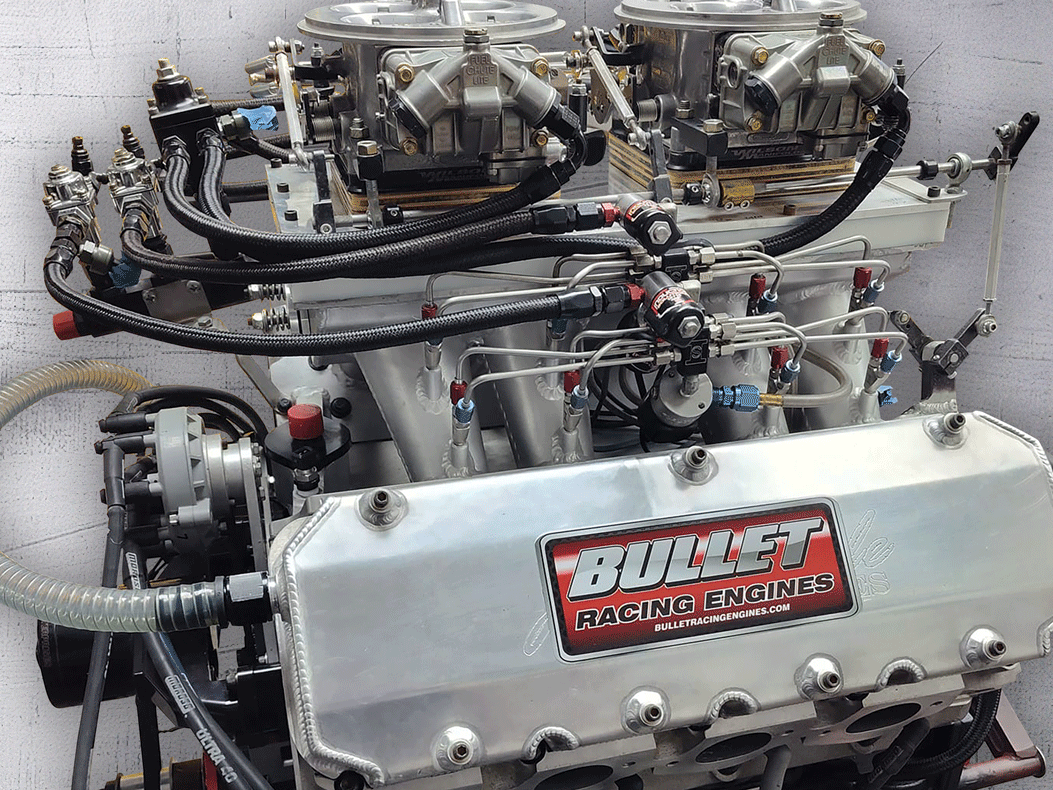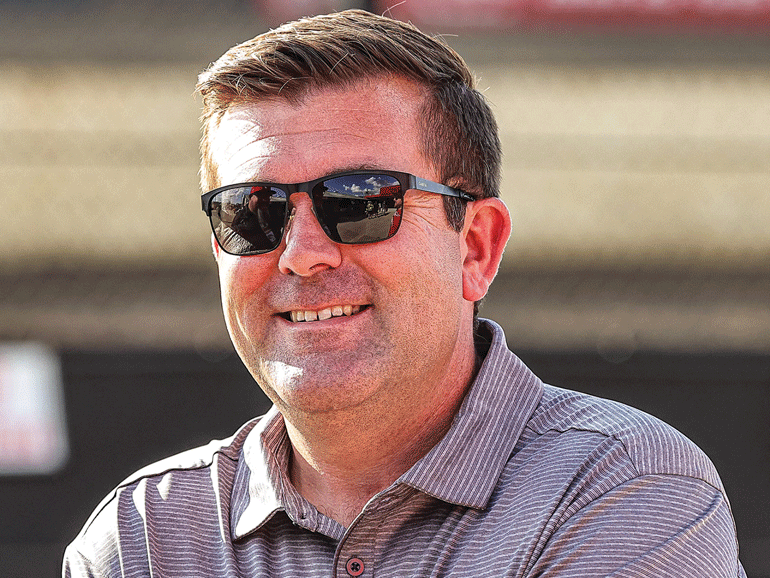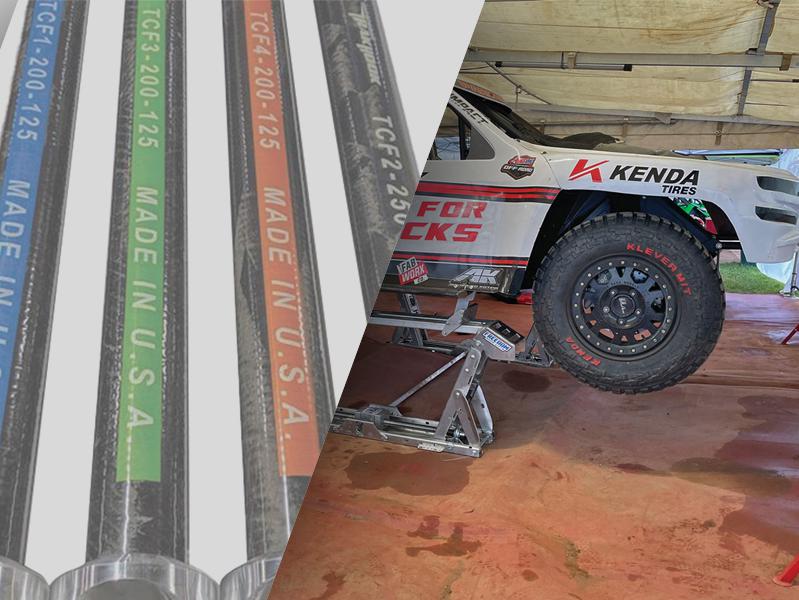Industry Insights: Chris Stewart
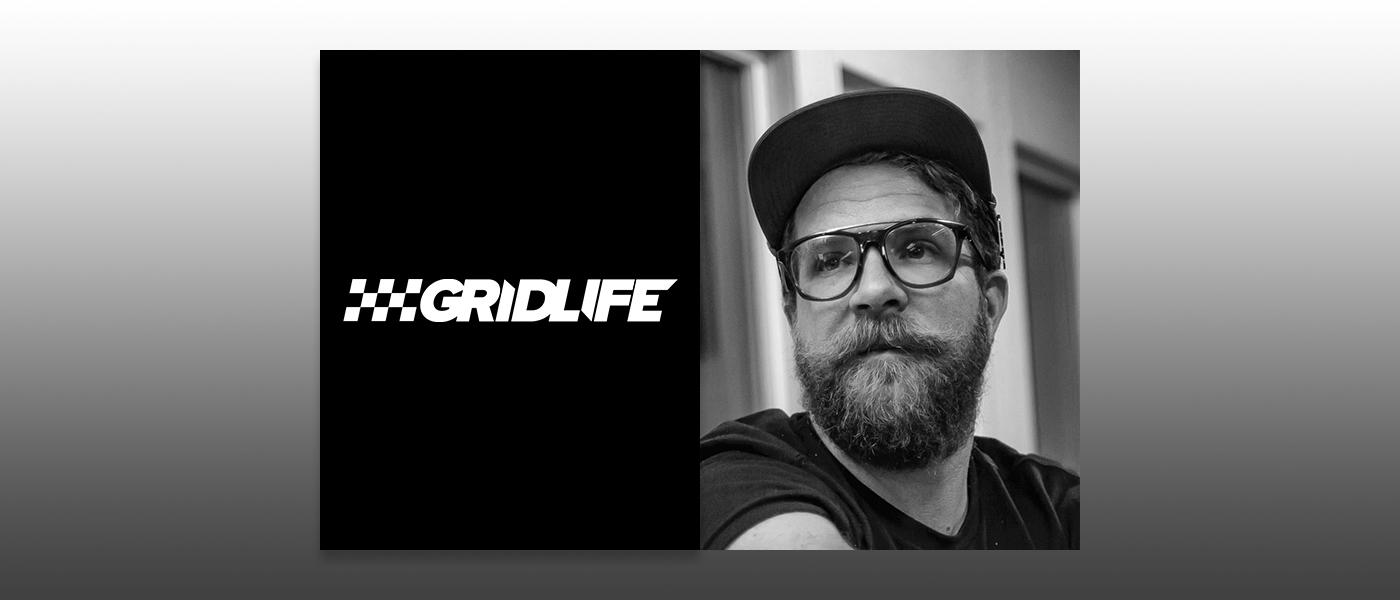
The cofounder of GridLife brings a fresh perspective to these events that combine high-intensity track days with a fun-loving music festival, plus a car show, vendors, and more. Discover why he believes “the next golden era” in racing is here for the taking and how organizers can seize this opportunity to make a sizable impact on the motorsports community.
Chris Stewart didn’t set out to found a new sanctioning body bringing young people into motorsports. That’s just how it worked out.
After graduating from Kendall College of Art and Design with a Bachelor of Fine Arts degree, Stewart went to work in the advertising business, rising to become the senior art director for Harley-Davidson as well as holding a series of creative director posts.
It might seem like a strange turn, but GridLife was a natural outgrowth of Stewart’s twin passions for cars and marketing/communications. “It’s kind of a combination of my automotive enthusiasm plus the things that I was thinking about in my professional career in advertising. I ultimately smashed all of those things together to create GridLife,” he said.
For those who haven’t seen it, GridLife combines a track day and livestreamed racing with a car show, music festival, vendors, and food. Of course, all that didn’t just spring to life from an idea. Stewart had been organizing car events since he was in college, together with his business partner Adam Jabaay. “We met because I left a concert and saw this slammed 1989 Honda Civic in the parking lot. I left a note on that car asking if they needed any parts. They called me and that was Adam.”
Even when he was working a high-powered advertising executive job in Chicago, Stewart was still in the motor hobby as much as he could be. Today, GridLife takes all his attention as he tries to stay on top of its explosive growth nationwide. We caught up with Stewart on a rare day when he was actually in his office.
PRI: What gave you the idea to combine a track day with a live music event?
Stewart: I was looking at all these different sub-divisions within my friend groups. I’ve got people who are into drifting and drag racing or just the street scene and cruising around on Fridays, and I’m in the track scene. I was just thinking, how do I get more of my friends to come to the race track? Simultaneously, the festivalization of a lot of different things was happening. I’m a huge music fan and go to tons of festivals—I’m kind of a Deadhead and a Phishhead. So I’m a fan of cult-like music communities, whether that’s dance music or jam bands or whatever.
I like the way that festivals build communities for a moment in time. So I took that feeling and that intention and applied it to a track day. The thinking is, if I’m driving on the track, that’s a great weekend. But if I’m not driving and I go, even though I’m into cars I’m done in an hour or two hours. You kind of fade out of attention span.
So I wanted to build an event you can bring anybody to, even if they just have a little bit of car curiosity. We’re going to try to crosspollinate as many things as possible. That was really the idea, to get all the cool stuff and cut the corny things out of car culture. We try to focus on the core and authentic cool things that are in all these different segments and glue them together with a festival experience.
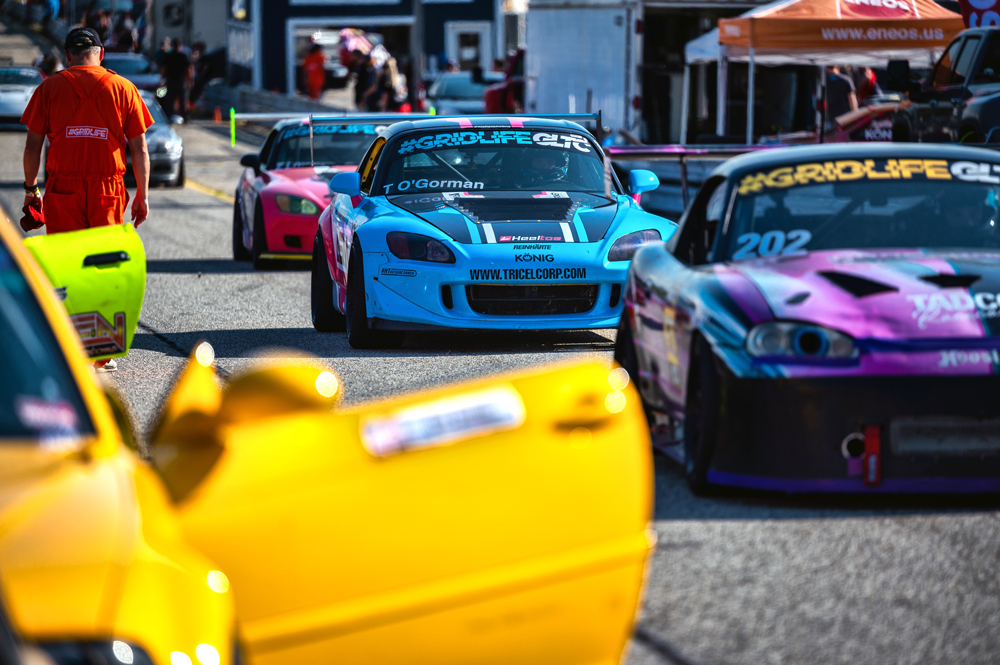
PRI: What makes a GridLife event special?
Stewart: If you ask us what our product is, we sell community between individuals with a similar passion. It can take the form of wheel-to-wheel races, or time attack racing, or a track day or drift experience or whatever. But when it all boils down, we’re really trying to build this experience for people to come together with their friends and create new friendships. That’s paramount. I can’t tell you exactly how we do it or what the specific touchpoints are that make us different, but that’s the thing that we’re very focused on. Maybe the youth term is, it’s all about the vibe. That’s a word that gets chucked around probably a little bit too much. But we use that as a point of measurement.
There’s a bit of growing pains with us because our series is professionalizing at a very rapid rate. So we’re playing defense just to make sure that we don’t overstep the line from an accessibility and a tonal perspective; we don’t want to go too far. It’s a little bit of a dance: How pro is too pro? Not to accuse anybody, but the first track events that I went to were intimidating. It took a long time for me to break through. It never felt like a real open environment. It wasn’t closed necessarily, but there was some gatekeeping. Some rules are there for safety, but we are very conscious of how everyone is treated.
PRI: Can a driver get serious about competition in GridLife?
Stewart: You can come in from another organization, or if you’ve been doing track days, you can come to GridLife, and we can figure out where you are and adjust the curriculum to get you to where you want to drive. It’s gotten harder to keep HPDE [High Performance Driving Events] as a core part of our festival weekends because the competition part has gotten so intense.
So what we’ve done this year is create two different types of events. We’ve got what we call our festival weekends, which are competition focused. The competition is Friday and Saturday, it’s competition only, but then Sunday is just an HPDE all day. After the competition winds down, if you came to spectate, then you get your opportunity to be on the track.
We also have a new program called Single Session for first-timers. It’s a little taste of a track experience at a lower cost. It includes a full classroom session, a drivers’ meeting, and then it’s three cars per instructor running 6/10ths “duckling” laps. You can do that for 70 bucks and drive on the race track. This allows people to get a taste of it, and then they can jump a little bit further.
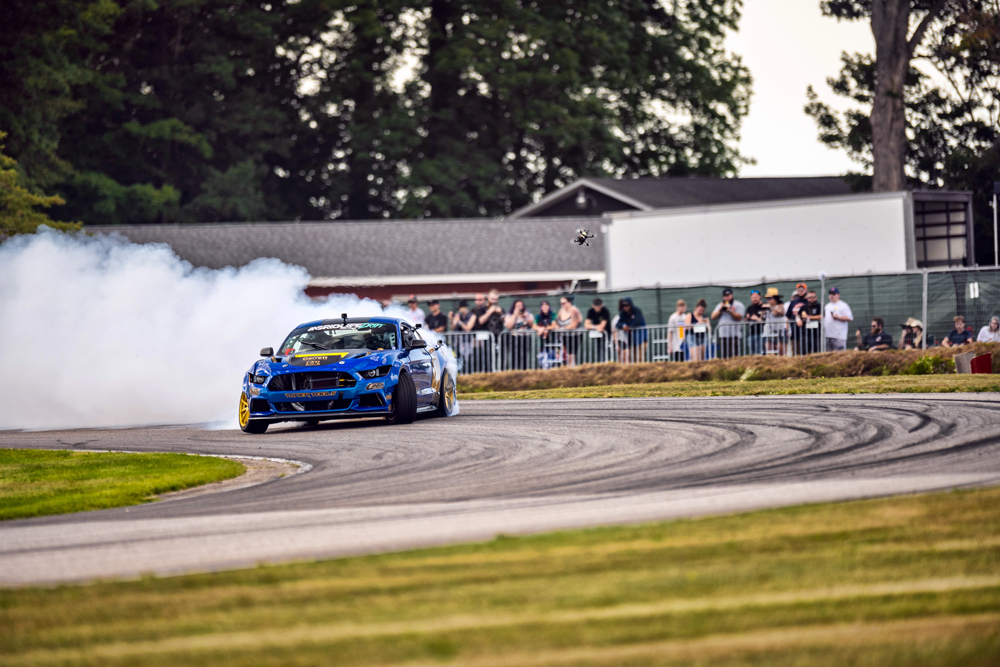
PRI: How are you going to get the next generation of drivers into your organization?
Stewart: We’re always thinking about different ways to get people in. I think eSports and gamers in general are a big focus for future drivers. When you think about people who are technical enough to get into the automotive hobby, especially in a tuning and racing capacity, I think gamers index pretty high. They like customization, and they like competition. We’re also thinking a little bit further ahead about who has the ability to become car-curious and ultimately become either fans or participants.
PRI: Let’s talk about the GridLife community. What are the demographics of a GridLife event?
Stewart: GridLife is 10 years old now, which is really wild to say, and some of the core demographic is getting a little bit older, but the core of our drivers are about 24 to 41 years old. I would say that represents 90% of the driving pool, and then our spectators are maybe 23 to 32 years old. There’s a demographic that’s a little bit younger than that, and another that’s a little bit older, but that’s the core of it.
Everyone in the industry has been hammering on getting young people into racing for the last five years to a decade. I feel like it’s actually starting to click now because we’re all collectively attacking the same thing. Now we’re seeing more young people come into it. I think the rise and the dramatization of Formula 1 is helping put a spotlight on racing in general. I feel like this is our opportunity to push the next golden era.
PRI: What has to change to make that golden era happen?
Stewart: I watched the NASCAR Clash at the Coliseum. I saw a lot of young, hip people watching NASCAR. But when I go read the posts online about it, I see a lot of gatekeeping and a lot of anchors in the ground about trying to do something different or adjusting things to try to appeal to somebody other than a traditional racing fan. The point is, I think NASCAR is making some very interesting and appropriate moves in its efforts to reinvent the sport. I think we definitely need to adjust what we’re doing. There are a lot of ways to remix and present motorsports and the culture of cars. A lot of times, much like some peoples’ perspective on the Clash, you’re going to swing hard and miss. But it’s to your advantage to take that swing and see what works and what doesn’t.

PRI: Are you optimistic about the future of racing?
Stewart: I think we’re in a really interesting time of transformation in motorsports. Participatory motorsports feels like it’s on the rise. I know we talk about race tracks closing down, but it also feels like there’s a lot of race tracks being built. We’ve got a demand problem at our events. Watkins Glen, Mid-Ohio, Lime Rock, and the GingerMan events all sold out in three minutes. Now we have 200 drivers who wanted to drive and can’t. That’s a great problem to have, but I don’t want them to be disappointed. I’d love to let them all drive, but there’s only so much space.
PRI: How do you plan to grow your business to the next level and meet that demand?
Stewart: If you figure it out, you let me know! I’ve been reading a bunch of stuff about leadership and business cycles, and I think the point we’re at right now is the pre-execution phase, where you’re in process. Up until this point it was, “Let’s do what’s cool.” I know how to build a thing, so let’s build it. But now it’s gotten to the point where we’re at this scale where that becomes harder. It’s harder to get ideas off the ground because of the volume of things that we’re doing.
We’re in the sanctioning body business with an ancillary events production business, which are the two halves of it. Event production is a hard business, and sanctioning bodies are usually volunteer-based, so they’re barely a business at all! There’s no margin, especially when you’re trying to keep costs low and the events accessible. I don’t totally have the answer yet, but our strategic structure is we’re trying to build this Festival Tour, which is six events now and will theoretically be a maximum of eight events. Those are going to be our big pushes, so those are the events that are going to get all the sauce; everything that we do.
We’re planning on those eight “tent pole” events and then two to three support events that allow the community to be engaged. That’s what we’re now calling our club weekends, with more of a track day focus that’s a little bit more relaxed. It’s just about the drivers. You can come spectate, but it’s not produced as a spectator event. Overall, we’re trying to find sustainability with all the stuff that we do. It really comes down to having strong partners in brands that believe in what we do and who want to support that vision.
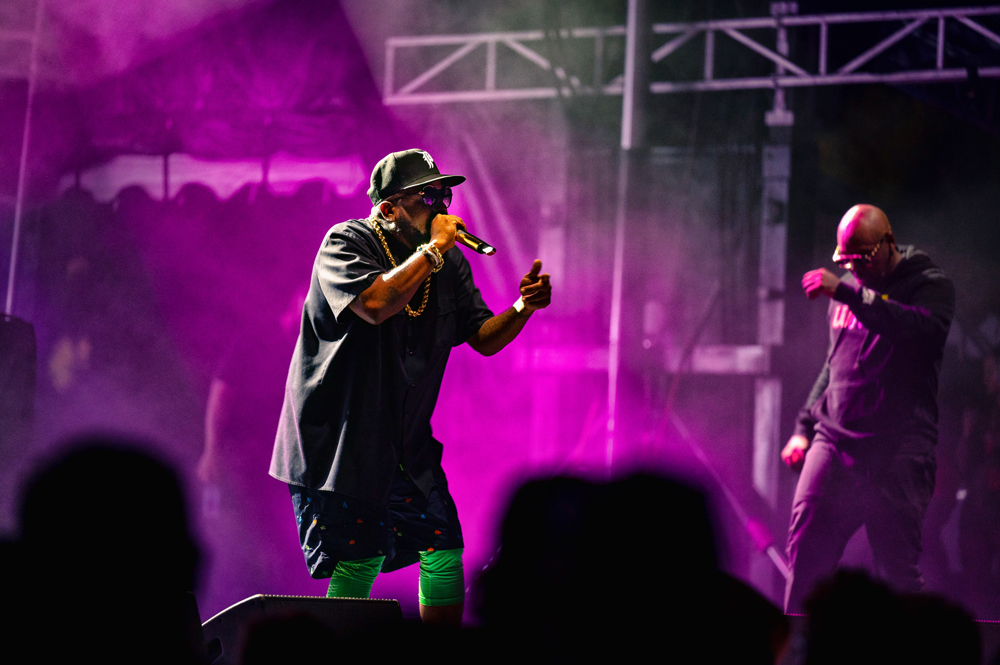
PRI: When you were getting started, were there many naysayers—people who thought you would fail?
Stewart: For sure, at first. People said we were unsafe, and that our drivers were wild. But if you do the math, on average a track like Road Atlanta eats one car out of 100. So we’d put 300 cars on track and have a couple incidents and be under the magnifying glass. But now, GridLife TC has run almost 200 races, and we’ve never totaled a vehicle.
PRI: Let’s talk about sponsors. Everyone wants to be part of success, so what are you looking for in an event partner?
Stewart: We think about things from a creative approach, so we think about the strategic connection: Does this partner align with what we do? Is there a story to tell? In the early days we were very much just proving the concept. I remember walking around the SEMA Show and awkwardly introducing myself to people, trying to do a five-minute pitch on this new type of motorsports event. Really it was the persistence of networking and meeting people within the industry and then bringing people to our events and into the culture and community that resulted in the partnerships that we have today. We’re getting pretty good at extracting value for our partners out of the ecosystem and the experience that is GridLife.
As an example, one of our really good partners is Valvoline. They’re putting a lot of efforts and energies into influencers and content and a bunch of stuff in all different places. They use GridLife as the conduit for all those narratives to come together. What we ultimately strive for is brands who understand the vision of how we want to grow the sport, what we’re trying to do, and who want to be a part of that movement.
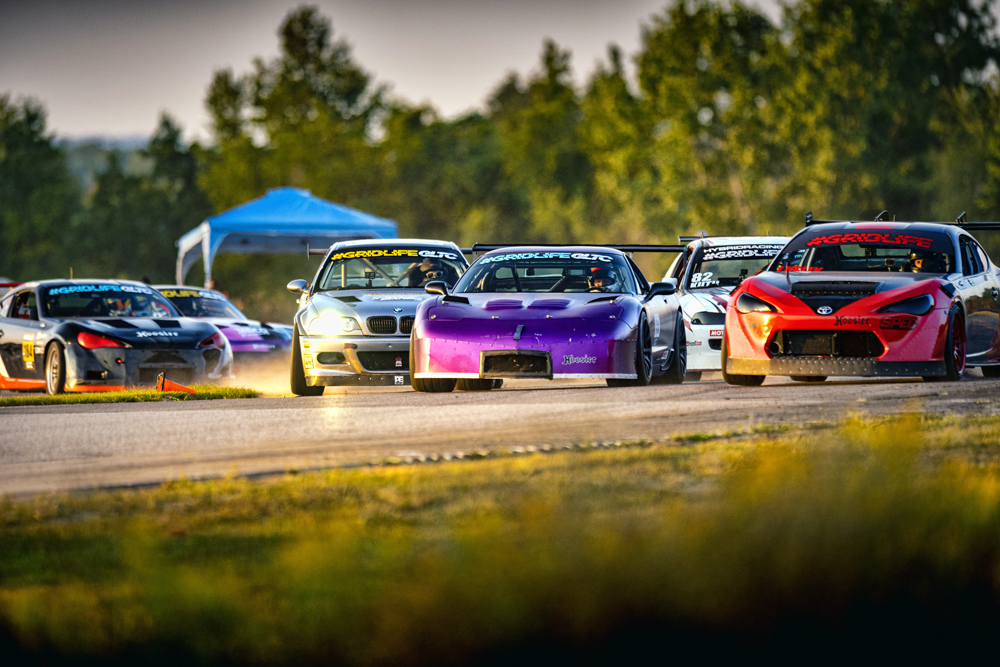
PRI: You livestream your events online, and obviously social media is a big part of your strategy. How does that work?
Stewart: I want racing to be presented as exciting as possible, as digestible as possible, and with the highest level of creative polish possible. I think it comes down to how it’s packaged. What’s the most exciting part of a race? The start and the finish. So GLTC is formatted as 20-minute sprint races so that you have four starts and four finishes. That’s the reason GLTC isn’t multi-class; it’s one class. Multi-class racing is hard to understand.
PRI: What’s in the near future for GridLife?
Stewart: By the time this article comes out, this will already be public knowledge, but we just got offered the support race for the NASCAR weekend at Road America, which is incredible. I want to throw a mini festival inside of the NASCAR paddock and really bring the energy of what we do to that event. It’s cool for us and cool for our drivers and the whole GridLife community. I think that’s a big deal, and I want to yell about it!
PRI: What advice would you give to a promoter, a track owner, or the president of a racing club who is trying to grow their business?
Stewart: It’s hard because if you were to ask me what I’m doing, I don’t even know. I’ve talked a lot about philosophy and a high-level view, so it isn’t one particular thing. Focus on this: Be the person you want to hang out with, and build the event that you want to attend. Think about the person you want to come to your event and just build something authentic. There’s no silver bullet, but it’s all about authenticity and accessibility. Make it as approachable as possible.
 MEMBERSHIP LOGIN
MEMBERSHIP LOGIN JOIN PRI
JOIN PRI
